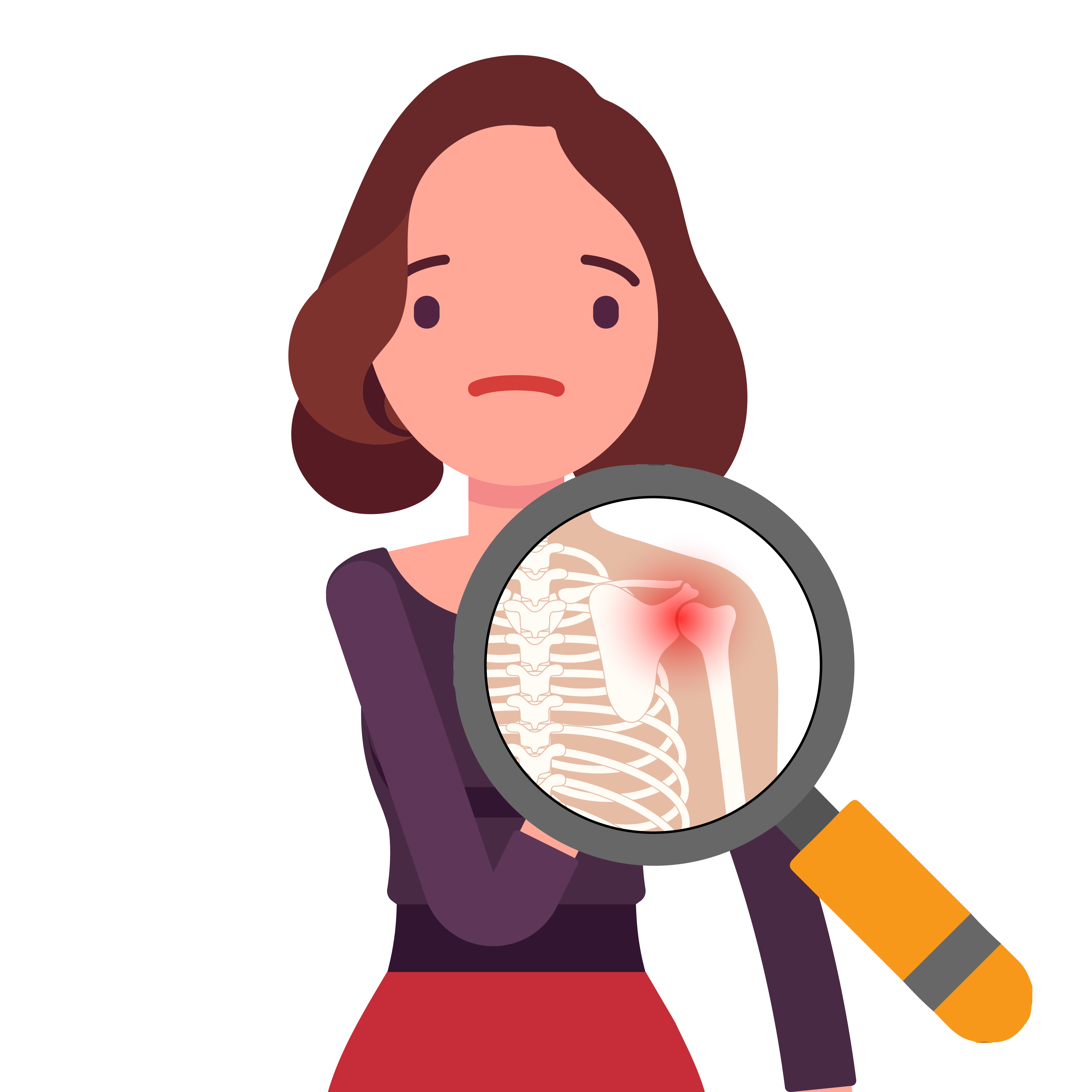BECOME A SHOULDER DETECTIVE
Accurately diagnose acute shoulder pain with this free video series for therapists
How to become a shoulder detective:
Solving acute shoulder pain
Enter your details to receive free access to this three-part video series for Physiotherapists, Physical therapists and health professionals with Jo Gibson (Upper Limb Rehabilitation Specialist Physio).
Register now and receive access when the first video is available on Monday 23rd September.
How can you easily diagnose patients' acute shoulder pain?
Acute shoulder pain can be complex and challenging to diagnose and treat.
The shoulder has a lot of potential pain-producing structures (1,2) packed into a small area - the glenohumeral joint, ACJ, SCJ, rotator cuff tendons, joint capsules, nerves and more. Each of these structures can be pathological or nociceptive and contribute to patients shoulder pain, and psychosocial confounders can increase patients’ pain sensitivity (3).
However, despite all these structures being packed into a small area, acute shoulder pain is much easier to diagnose than you've been led to believe!
We have a new video series for you that simplifies acute shoulder pain, so you can quickly diagnose your patients pain, and get them on the road to recovery.
With this video series, you'll explore a new, simple approach to acute shoulder pain assessment that provides all the information you need to accurately diagnose and treat your patient's acute shoulder pain.
Register now to receive this three-part video series, where you'll discover:
6 types of acute shoulder pain you can easily diagnose
The top 6 clues that help you identify your patient's likely shoulder pathology
The secret clues hidden in your patient's history that guide your diagnosis
How to rule out anything nasty (red flags)
How to assess acute shoulder pain patients
How to quickly differentially diagnose the cause of your patient's shoulder pain
How to avoid the most common shoulder pain misdiagnosis
How to identify treatment options that will target your patients shoulder pain and give you the best outcomes
Case studies to guide you through shoulder assessment and diagnosis
References
1. Dean BJ, et al. Why does my shoulder hurt? A review of the neuroanatomical and biochemical basis of shoulder pain. Br J Sports Med. 2013 Nov;47(17):1095-104
2. Lo CN, et al. The major pain source of rotator cuff-related shoulder pain: A narrative review on current evidence. Musculoskeletal Care. 2023 Jun;21(2):285-293
3. De Baets L, et al. The influence of cognitions, emotions and behavioral factors on treatment outcomes in musculoskeletal shoulder pain: a systematic review. Clin Rehabil. 2019 Jun;33(6):980-991
4. Littlewood C, Moffatt M, Maher N, Irving G. Current and future advances in practice: tendinopathies of the shoulder. Rheumatol Adv Pract. 2023 Oct 25;7(3):rkad086.
Help your patients understand their shoulder pain
Accurately assess and diagnose your patients' shoulder pain so you can confidently explain the cause of their pain, gain their trust, provide effective, targeted rehab and start them on the road to recovery.
Get your free access to this video series now
Enter your details to receive free access to this three-part video series for Physiotherapists, Physical therapists and health professionals with Jo Gibson (Upper Limb Rehabilitation Specialist Physio).
Register now and receive access as soon as the first video is available on Monday 23rd September.



